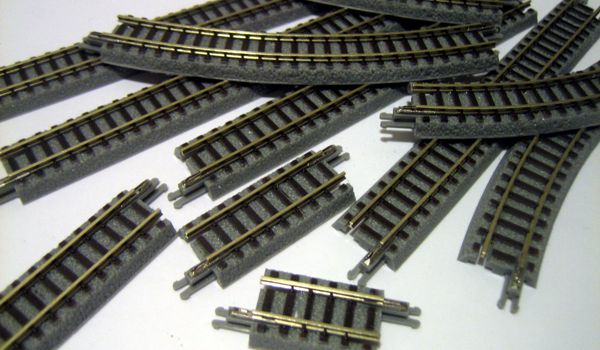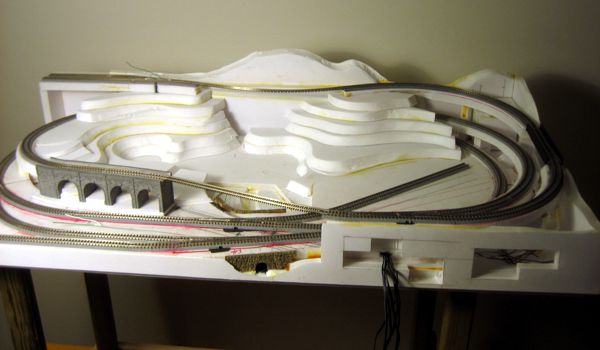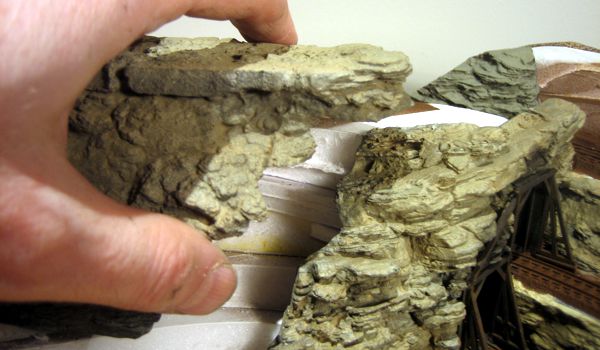Lessons Learned
As far as I'm concerned, if a project isn't challenging, it's not worth doing. And if the next project isn't harder than the last one, then I'm not learning anything. So, from the get go, I'd intended the G&D; to be a learning experience. And now that it's (very nearly) done, it's time for me to assess what I've learned.

Lesson 1. Right off the bat, I can assert that my experience with sectional roadbed track was a positive one. Without question this was due to the quality and breadth of the new line of track from recent startup Rokuhan. It was a daring move on their part to launch a product line with so many options, but that gamble appears to be paying off, as they've effectively captured the attention of many North American Z Scale modelers—even though that wasn't their intention (their focus was the Japanese market).

Lesson 2. Although I've been using Gatorfoam for layout bases on the last three or four layouts, this time I expanded its use to include the subroadbed as well; indeed, I used it for just about everything, including the side trim panels, scenery support, the works. It's an ideal material for any small layout, and the benefits of light weight, rigidity and moisture resistance more than compensate for the downside of being a fairly costly material.

Lesson 3. Rubber rock from Cripplebush Valley is an extraordinary product, the value of which cannot be overstated. I was able to assemble sections of gorgeous-looking rock to fit around tunnel portals and other fixed objects with precision of less than a millimeter—there's simply no other method that offers that level of control, and I've tried just about all of them. Although its cost would be somewhat prohibitive for larger layouts, it's well worth it for portables, especially considering that the smaller the layout, the greater the need for precise control.

Lesson 4. Networking on the Internet has connected me with some great new friends—and consequently challenged me to learn new skills. In particular, I was offered time on a laser, assuming I was willing to do the design work. Of course I was! The result: accurate renderings of the wooden truss and wooden trestle. Although I could have scratchbuilt them, lasering them produced better results and in a fraction of the time.

Lesson 5. Nothing should be so sacred that it can't be changed or even removed. While not new, it's a lesson worth repeating. And blog followers have gotten to see just how often things may need to be revised until they're right. Sometimes that includes the whole layout! Remember, this one started out with Micro-Trains track, for which I'd cut the track and Gatorfoam base, before switching to Rokuhan. Since that first big change, readers have had the benefit of being inside my head at nearly every twist and turn in the project.

Lesson 6. Be wary of pourable water products. Admittedly I have precious little experience with them, as I've always used stained glass up to now. I'm sure that, over time, I can perhaps master this stuff, but my biggest mistake was not practicing first. Or was it not following my initial instincts, and using stained glass at the outset? Regardless of which might have been the better path taken, I'm thankful at least that I was able to rescue the layout from two watery disasters.

There have been countless other little lessons learned along the way (including perhaps one of the touchiest: be careful what to name your layout), but these were the most salient. All of them will make me even better prepared for my next big project—whatever that may be—and anxious to add more to the list.
